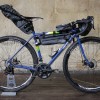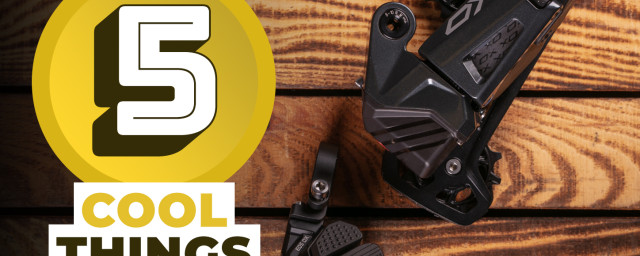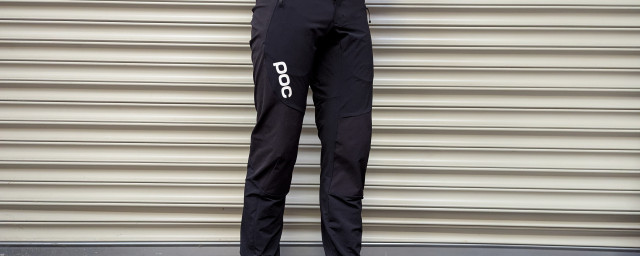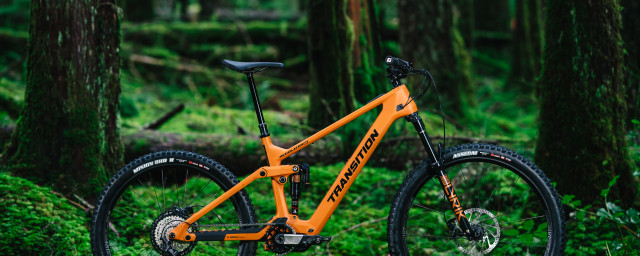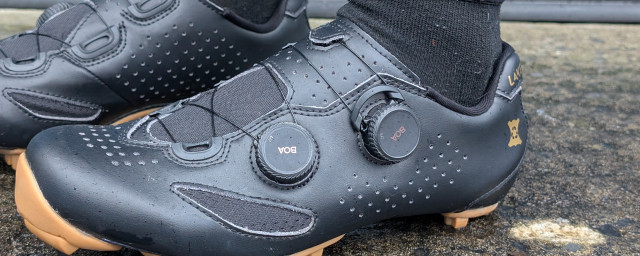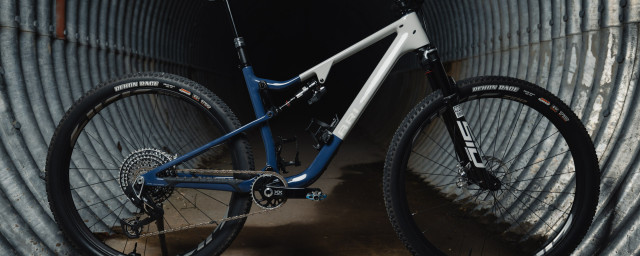Cannondale unveils super-racy, super-aero SuperX gravel bike
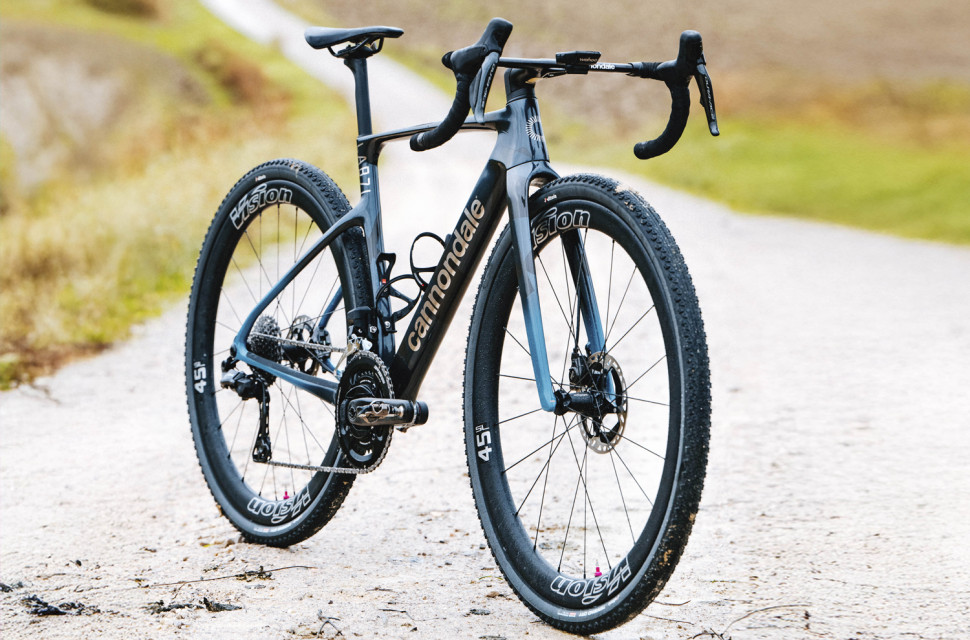
The rapid development of the gravel discipline is forcing manufacturers to move with the times or quickly become obsolete. Cannondale knows this very well and has been revamping its gravel platform to continue being part of the conversation – this despite Lachlan Morton winning Unbound Gravel 2024 aboard the outgoing Supersix Evo SE. The Connecticut-based company has today lifted the lid off the SuperX drop-bar dirt race bike, which will replace the Supersix Evo SE and Evo CX bikes.
- Gravel bike racing – everything you need to know
- Best gravel bikes 2025 - drop-bar bikes for off-road riding
- Cyclo-cross vs gravel bike: what are the differences?
Cannondale followers will be familiar with the SuperX moniker, having appeared in 2010 as the brand’s cyclo-cross bike. The notion behind the rebranding exercise is to simplify the naming conventions, and we feel this is a good move – Cannondale has also alluded to its links with the original SuperX, citing that the new bike is as stripped back and pure as the original.
A contemporary gravel bike recipe
Naturally, it bears a resemblance to the current Supersix Evo, with a sub-900g frame and slew of aerodynamic claims that make it 1.6 watts faster than the outgoing Cannondale Supersix Evo SE gravel bike (at 35 km/h), according to Cannondale. Despite the feathery frame weight, the carbon-fibre construction comprises flex zones in the seat tube, rear triangle, top tube and D-shaped seatpost, which are claimed to mitigate trail vibration and absorb shock.
Keeping things contemporary is the generous tyre clearance, which is rated at up to 51mm at the front and 48mm at the rear in its most extreme guise. The SuperX will play nicely with 30mm tyres and can double up as a cyclo-cross bike.
Race-inspired geometry
The bike utilises Cannondale's OutFront Geometry. As such, the SuperX gets a 71-degree head angle on most sizes, a longer-than-normal 55mm fork offset and 422mm chainstays – these numbers stabilise the underpinnings and increase the predictability of the handling on choppy surfaces. Other additions include the Momo Design Systembar R-One handlebar and Delta steerer seen on the fourth-generation Cannondale Supersix Evo.
The Delta steerer is essentially a triangular-shaped steerer tube that allows internal cable routing without oversized bearings – it also prevents cable rub on the steerer. This, unfortunately, also means the bike is not compatible with aftermarket suspension forks.
As an out-and-out race bike, the SuperX is bereft of ancillary mounting bosses but does possess a brace of top tube mounts for a small bag. There's a cover that slots in place when not in use. A BSA-threaded bottom bracket (68mm) and on-trend UDH at the rear round off the feature list.
The claimed total system weight is impressive for the off-road architecture on offer. A Lab71 SuperX weighs in at 7.4kg (56cm), SuperX Carbon 2 at 8.6kg (56cm), while the Carbon 3 tips the scales at 9.1kg (54cm).
SuperX model range and pricing
The range is spearheaded by the Cannondale Lab71 SuperX. Constructed from Series 0 carbon fibre, it can be bought as a frameset (£4,950) or a complete build (£12,500), the latter of which utilises the SRAM Red XPLR AXS groupset and Reserve 40|44 GR gravel wheels.
The standard SuperX comes in two builds: the SuperX Carbon 2 and Carbon 3. The £6,550 SuperX Carbon 2 is built around a Shimano GRX Di2 2x groupset and Reserve 40|44 GR gravel, while the £4,250 SuperX Carbon 3 gets a mechanical Shimano GRX 2x groupset and DT Swiss GT1800 wheels.



